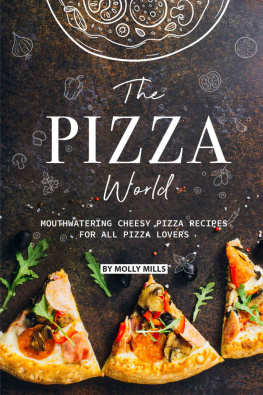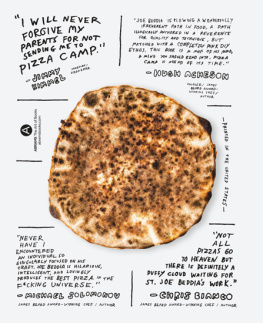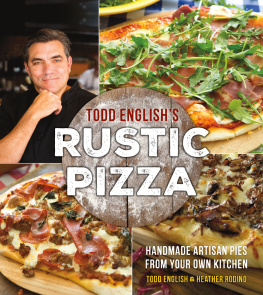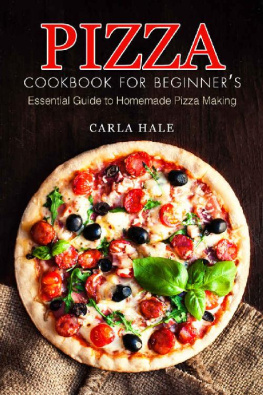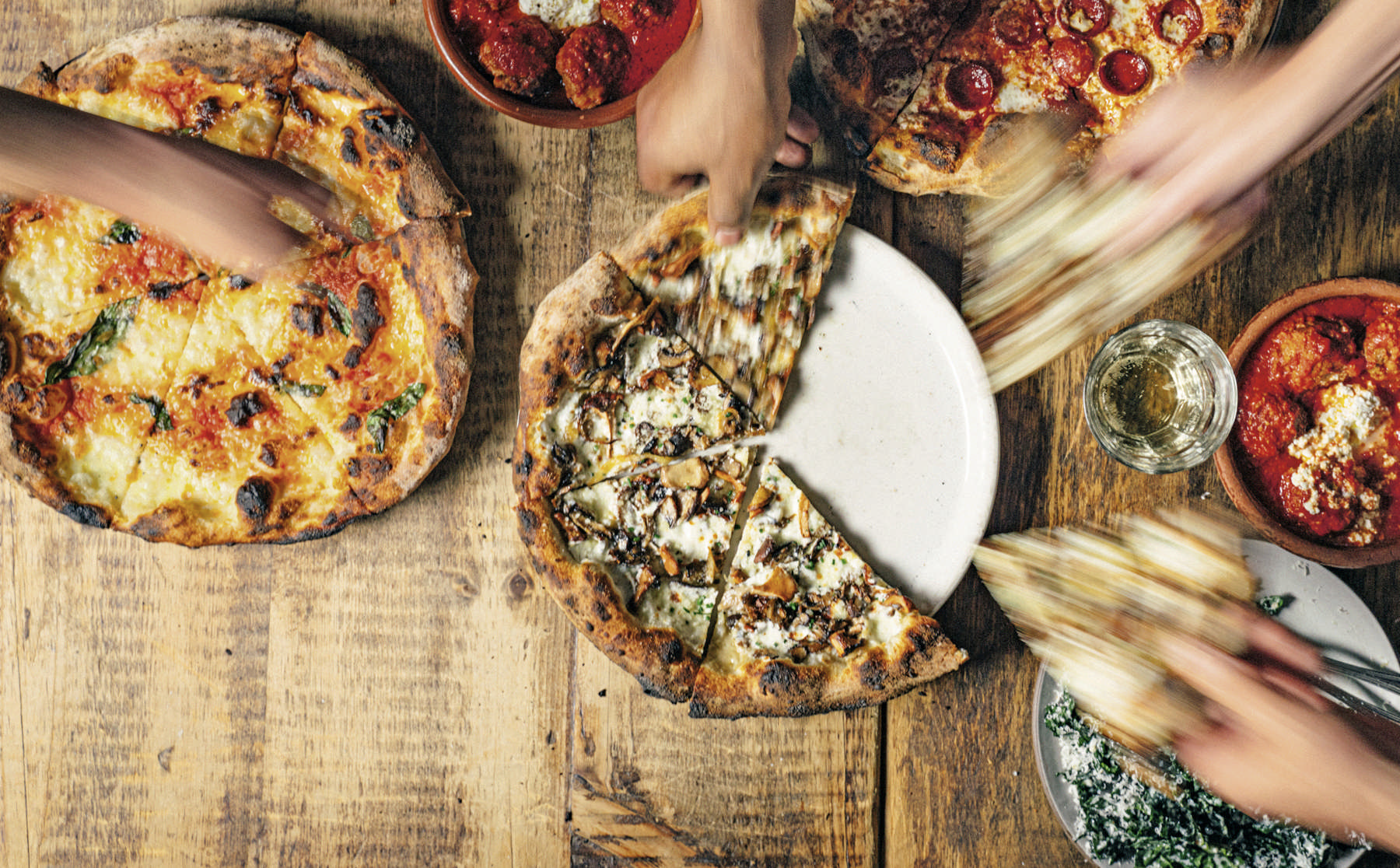
Copyright 2021 by Dan Richer
Cover design by Seton H. Rossini
Cover photographs by Eric Wolfinger
Cover 2021 Hachette Book Group, Inc.
Hachette Book Group supports the right to free expression and the value of copyright. The purpose of copyright is to encourage writers and artists to produce the creative works that enrich our culture.
The scanning, uploading, and distribution of this book without permission is a theft of the authors intellectual property. If you would like permission to use material from the book (other than for review purposes), please contact permissions@hbgusa.com. Thank you for your support of the authors rights.
Voracious / Little, Brown and Company
Hachette Book Group
1290 Avenue of the Americas, New York, NY 10104
littlebrown.com
twitter.com/littlebrown
facebook.com/littlebrownandcompany
First ebook edition: October 2021
Voracious is an imprint of Little, Brown and Company, a division of Hachette Book Group, Inc. The Voracious name and logo are trademarks of Hachette Book Group, Inc.
The publisher is not responsible for websites (or their content) that are not owned by the publisher.
The Hachette Speakers Bureau provides a wide range of authors for speaking events. To find out more, go to hachettespeakersbureau.com or call (866) 376-6591.
Photographs by Eric Wolfinger
Illustrations by Katie Shelly
ISBN 978-0-316-46239-6
LCCN 2021936296
E3-20211018-JV-PC-COR
FOR MY MOM, ROBIN
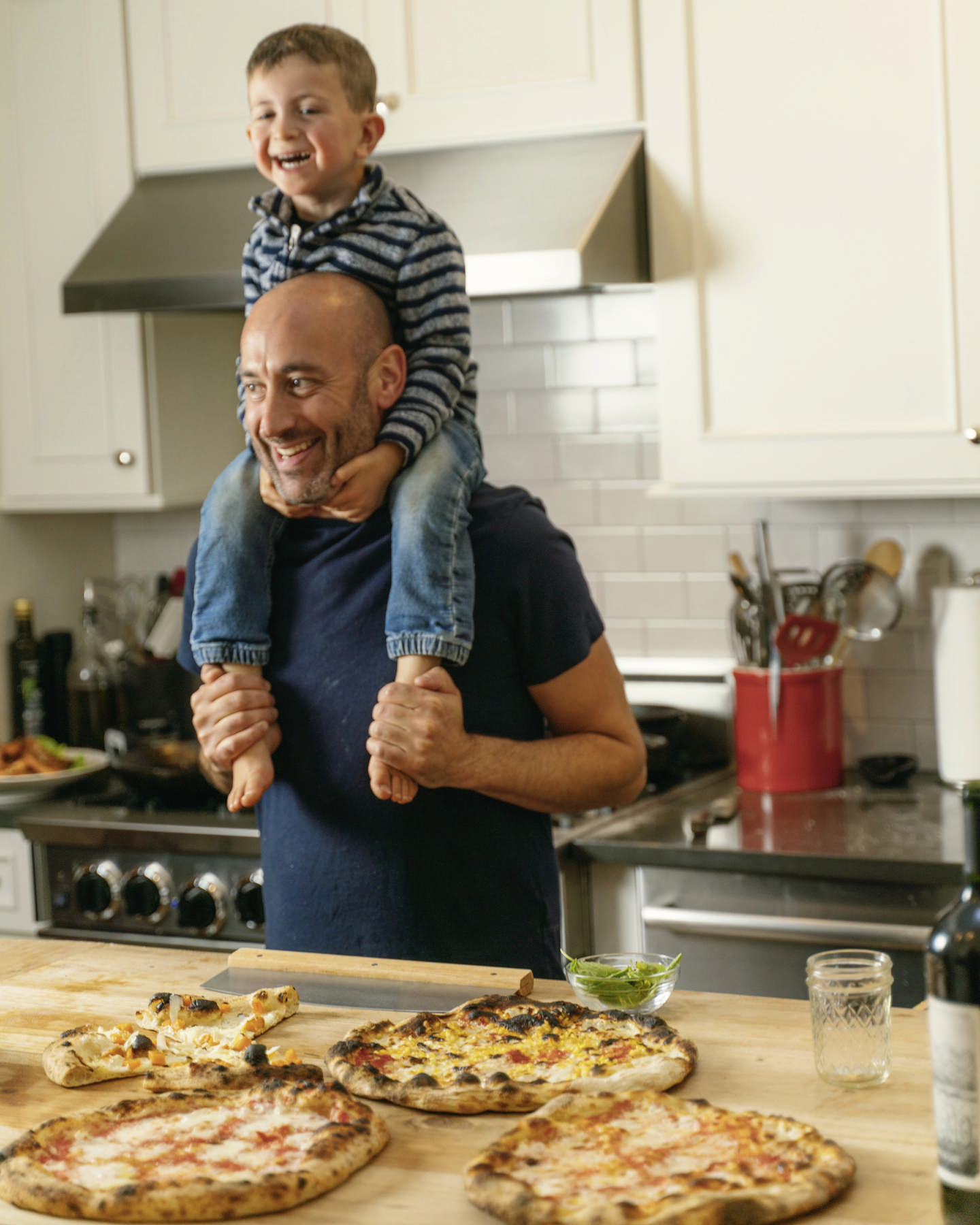
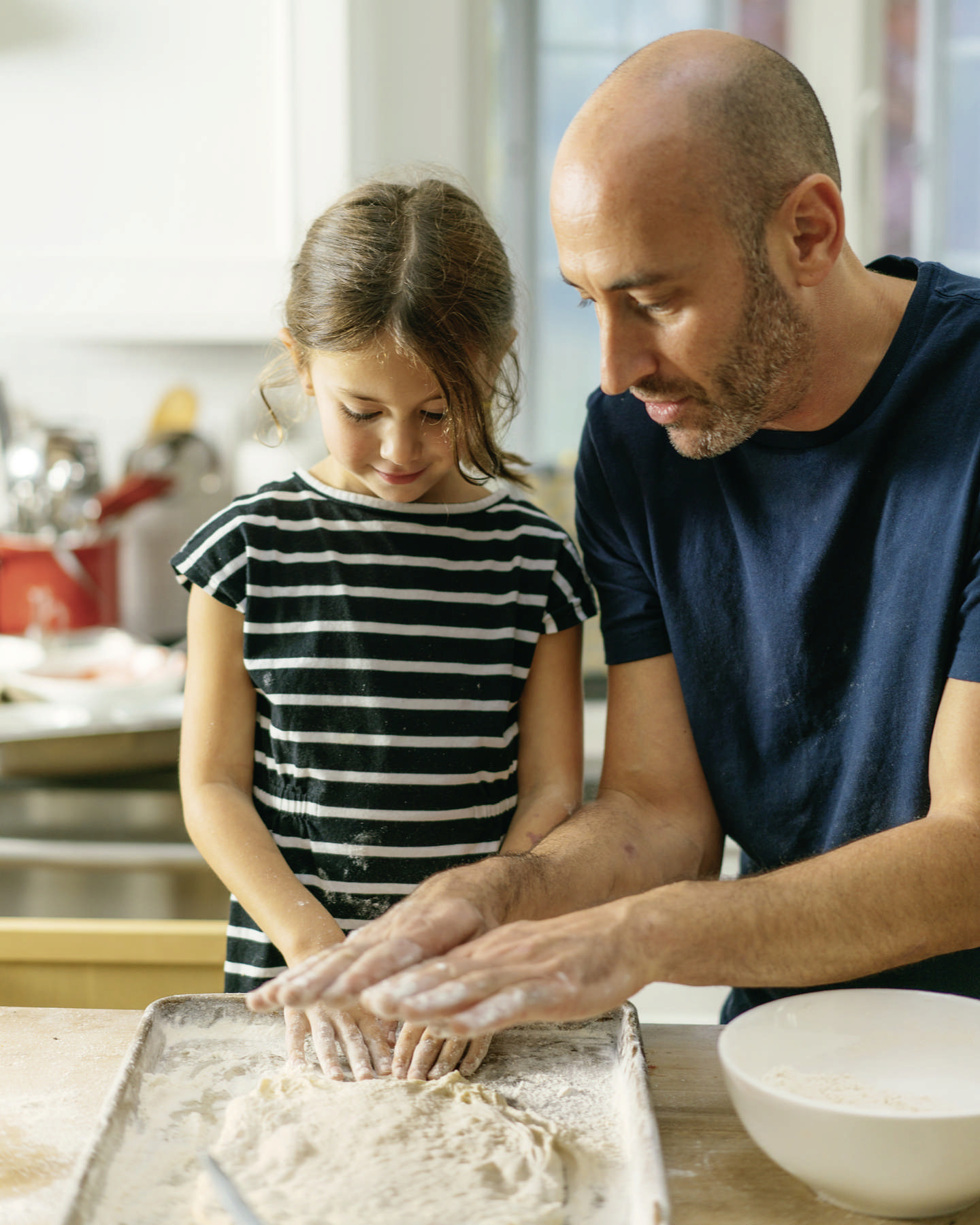
Pizza makes people happy. Its a universally joyful food. Aside from being absolutely delicious, it brings people together around the table to share a communal experience laced with melted cheese. Its affordable, making it accessible to all. It satisfies on a physiological level, delivering the salt, fat, and acid that our brains and taste buds crave. Its a key part of Americas social fabric, with nearly 3 billion pizzas consumed annually. And pizza is a part of some of my most treasured memories, and Id wager many of yoursfrom post-soccer celebrations to birthday parties.
This book is about finding even more joy in pizza by learning to make pizza well. Ive spent forty years eating pizza and twenty years making it professionally, every day trying to come closer to my platonic ideal.
Truthfully, I find joy in pizza of all typesfrom Neapolitan to deep dish to New Yorkstyle slices. But I have landed on my absolute favorite approach to pizza. It transcends regional styles and it brings me boundless joy to share it with my friends, family, and restaurant guests, not to mention how much I love eating it myself!
I crave a rim that is crispy and deeply caramelized and that shatters when my teeth bite through it. I want the crumb (interior of the crust) to be delicate, floral scented, and flavorful with a gentle and subtle note of acidity. I love a crust with nice open holes separated by thin, pearlescent cell walls. I want toppings that are not only balanced in flavor, but sourced from farmers and food producers I have relationships with, care for, and support. If this all sounds very specificit is! But its where my pizza journey has taken me. Just wait till you hear about the detailed Pizza Evaluation Rubric we use every day at my restaurant, Razza, in Jersey City, New Jersey.
HOW IT STARTED
I grew up eating slices cut from big, 20-inch pies from Pizza Village in a strip mall in Aberdeen, New Jersey. Every Tuesday and Friday, my family gathered around our table for takeout. I loved opening the box, the steam and savory cheese aromas escaping as we each grabbed a slice, sharing as a family.
Pizza wasnt just a twice weekly thing for the Richers. Inevitably, sometime during the week, I would run errands with my mom, Robin, and we would pop into Pizza Village or one of the many other strip mall pizzerias on our route to grab a slice, just the two of us. We would sit in a booth beneath posters of the Amalfi Coast or the Leaning Tower of Pisa tacked to the wall and faded by the sun and time. I always ordered a plain slice and she would get the same or a Bianca or a Sicilian square slice. The pizza itself wasnt remarkable by my current standards, but the joy of those memories dwells deep inside my DNA.
Anyone who was close to their mother would look back with nostalgia on such simple, happy moments. But for me they have profound significance. Mom passed away when I was 22 years old. I was fresh out of college and just off a life changing trip to Italy with my cousin. Her death shattered me in ways I cant begin to describe, but it also gave me purpose and set me on my current path.
I had moved back home for her final days and stuck around for the long, painful year that followed. The house was dark and joyless; my father coped by withdrawing, and my older brother confronted his grief in his own way. For me, I needed something to dull the pain. I threw myself head first into learning something new: how to cook. The antidote to my grief was cooking for my dad, brother, and friends.
I became particularly obsessed (this adjective is a recurring theme in my life) with tomato sauce, determined to nail the perfect pasta condiment. To dial in the recipe, I channeled memories of my trip to Italy, where the sauces I had tasted were less intense and more balanced than the thick, garlic-laden, brick-hued Sunday gravy so popular in New Jersey. For a year, I practiced my sauce over and over, never satisfied and always seeking to improve on the previous batch. First I ditched the tomato paste, then reeled in the garlic, each time tweaking ingredients and proportions. I must have made it a hundred times that year.
This all-out fixation with making tomato sauce distracted me from my sadness and brought the people I loved together for the support I desperately needed. Each pot of simmering sauce allowed me small glimpses of joy in an otherwise morose time.
Only years later, with the guidance of a therapist, did I realize how my drive to repeat and improve on something as simple as a tomato sauceand later, pizza in generalwas connected in a very deep way to my mom.
Robin was a calligrapher. She spent hours each day at her workbench tirelessly practicing and perfecting her script. I remember seeing pages on her desk of the same curve being practiced over and over. There was never a day when she rested on her laurels or stopped thinking about how she could do better with the next pen stroke. Her constant pursuit of improvement is one of her greatest legacies and I honor her by approaching my craft with the same sense of dedication and near maniacal drive.
PIZZA PRACTICE
In the years that followed, I worked at random restaurants in New Jersey. At 26, I begged, borrowed, and hustled to afford a struggling pizzeria. It became an extension of my home, albeit with a repertoire that went beyond tomato sauce. That first restaurant had two wood fired ovens, so I taught myself to make pizza. The process of learning how to harness the power of flour and yeast was exhilarating and I loved feeding a sourdough starter every daysomething about nurturing this living thing really appealed to me on a gut level. Making naturally leavened wood fired pizzas is not the ideal place to start if you want to really understand pizza making (whats that saying about hindsight?) and at first I was overwhelmed by the learning curve. Nevertheless, learning this new craft and bringing people together over pizza brought me an immense joy that I hadnt felt in a long time.


